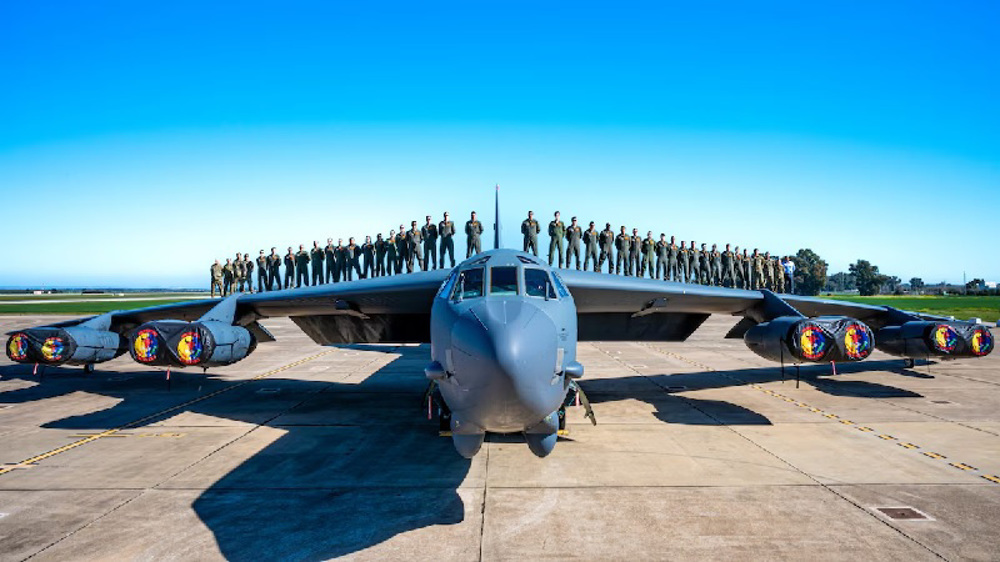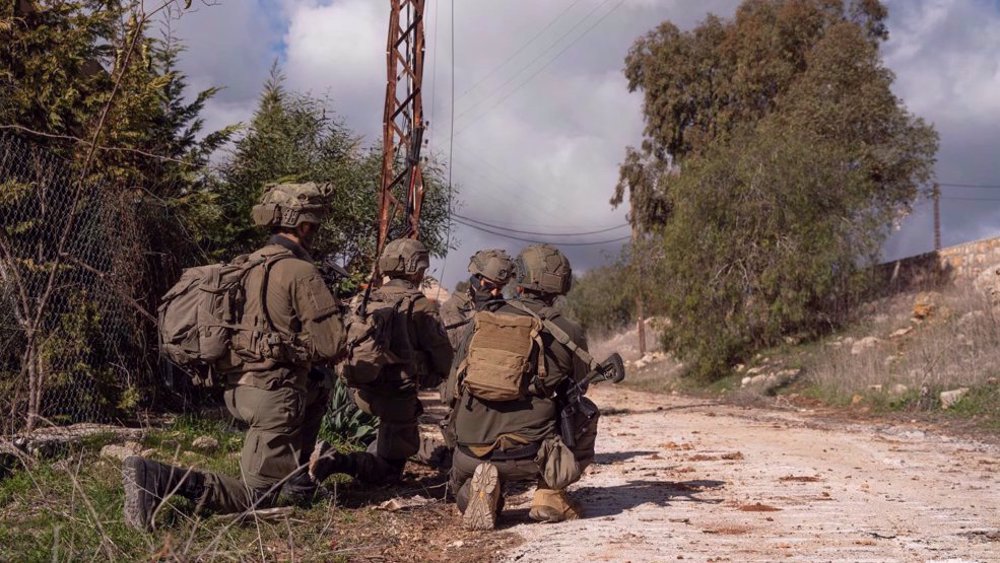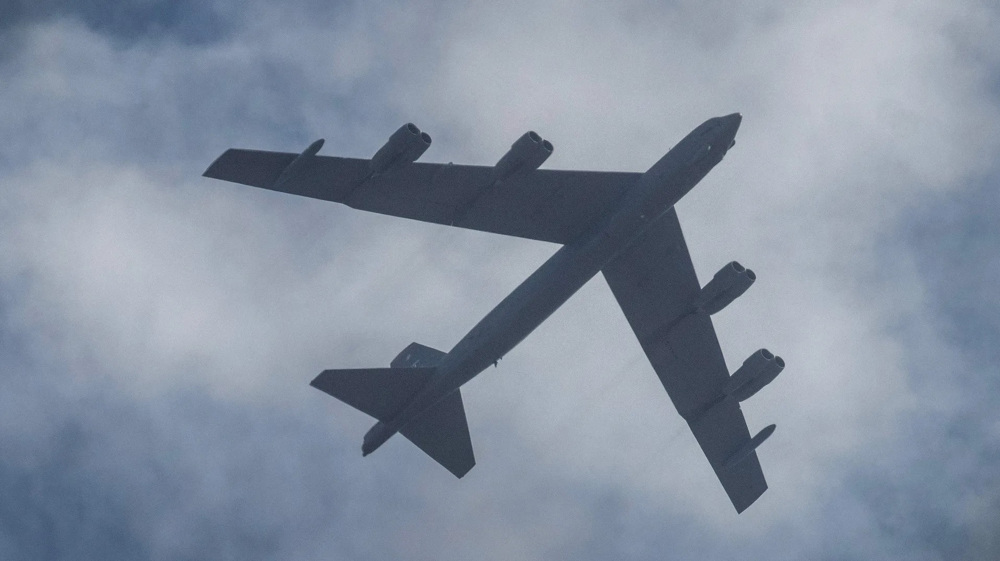US military losing billions in aircraft crashes: Report
The US military is facing growing questions about the way it trains pilots and maintains aircraft after it lost several servicemen and billions of dollars in damages in a recent spate of aircraft crashes.
Last week, an American MH-60S helicopter went down in Virginia’s James River during a training mission, marking yet another major, but non fatal, military incident in June, after two F-16C fighter jets collided over Georgia, CNN reported.
A few days earlier, on June 3, the US Navy’s Blue Angels aerial acrobatics team lost one of its pilots when an F/A-18 jet crashed.
The Navy’s other elite air show team, Thunderbirds, also saw one of its F-16 jets crash earlier this month.
General John Paxton, the assistant commandant of the Marine Corps had admitted the growing rate of crashes during a congressional testimony in March, blaming the accidents on funding shortfalls.
“We are concerned about an increasing number of aircraft mishaps and accidents,” he told the Senate Armed Services Committee.
“If you don't have the money and you don't have the parts and you don't have the maintenance, then you fly less,” he added. “If you fly less and maintain slower, there's a higher likelihood of accidents. So, we're worried.”
Between October 2014 and April 2016, the US Navy has sustained a total loss of over $1 billion in damages caused by accidents, according to data by the Naval Safety Center.
The incidents included a Marine AV-8B Harrier jet crashing off the East Coast in May, inflicting some $62.8 million in damages.
Additionally, two US Navy F/A-18 fighter jets crashed in late May, after an “in-air mishap” during a routine training mission, American military officials said.
According to the Navy, each plane costs at least $57 million and is considered “the most cost-effective aircraft” in the US aviation fleet, costing less per flight hour than any other in the US forces inventory.
In January, an F/A-18A crash in Nevada cost the Navy $71 million.
In October 2015, another F/A-18 crashed in the UK near the RAF Lakenheath airbase in Suffolk, shortly after it took off, killing its pilot.

US B-52 bombers in West Asia do not scare Iran

US, France want mercenaries deployed in south Lebanon: Report

US bombers fly over Mediterranean Sea as delivery of heavy bombs to Israel announced
Houthi: Yemen ready to attack Israel if Gaza truce breaks down
VIDEO | Lost classrooms, lost childhoods: Jenin’s children struggle for education
VIDEO | Palestinians ramain steadfast despite Israel’s onslaught
VIDEO | Press TV's news headlines
Iran ready to strengthen ties with UAE based on ‘mutual interests’: Deputy FM
VIDEO | A slap in the face of imperialism
Iran remains steadfast in its ‘principled positions,’ says Foreign Ministry
VIDEO | Holding on to hope: Gazans welcome Ramadan despite hardship







 This makes it easy to access the Press TV website
This makes it easy to access the Press TV website